New South Wales: prioritising the passenger process
- Like
- Digg
- Del
- Tumblr
- VKontakte
- Buffer
- Love This
- Odnoklassniki
- Meneame
- Blogger
- Amazon
- Yahoo Mail
- Gmail
- AOL
- Newsvine
- HackerNews
- Evernote
- MySpace
- Mail.ru
- Viadeo
- Line
- Comments
- Yummly
- SMS
- Viber
- Telegram
- Subscribe
- Skype
- Facebook Messenger
- Kakao
- LiveJournal
- Yammer
- Edgar
- Fintel
- Mix
- Instapaper
- Copy Link
Posted: 14 May 2020 | Lewis Clark - TfNSW | 1 comment
Lewis Clark, Executive Director of Customer Payment Services at Transport for New South Wales (TfNSW), details the organisation’s roll out of a new ticketing system, Opal, and the benefits it brings for their customers.
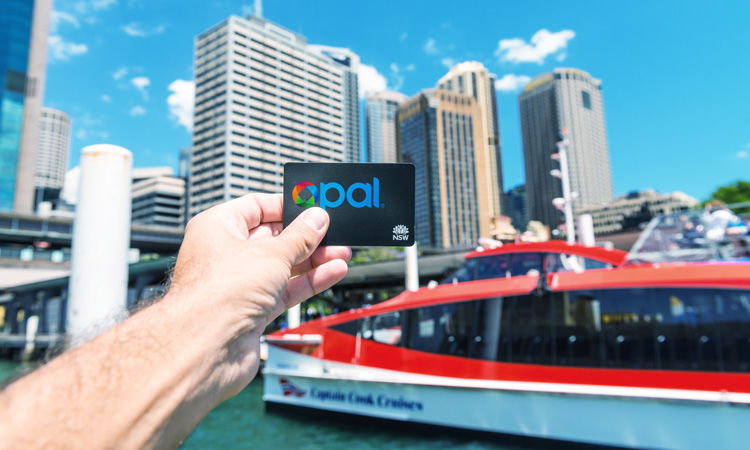

What developments are taking place in ticketing at TfNSW?
The roll out of our Opal ticketing system finished in 2014. We’ve been through the journey of retiring the legacy (magnetic-stripe) ticketing products, which finished mid 2016.
In 2017, we started a contactless payment trial on the Manly Ferry service, which we extended out to light-rail and ferries in April 2018. At the end of 2018, we went live with heavy-rail, and then in September 2019, we completed a roll-out across buses. At that stage, we also aligned our contactless fares to Opal fares, meaning the customer can use either method in precisely the same way.
We’ve added some other features to our systems to help customers through COVID-19 too including setting our light rail doors to automatically open
We’ve been trialling New South Wales on-demand bus services, to connect us to the rail network, and recently started trialling a product called Opal-Connect, which allows passengers to join their on-demand service to the wider public transport network and provides them with travel credits to do so. This is one of the benefits of having put open-loop contactless on top of what was a closed-loop system.
Our open-data initiative has allowed us to make clever changes that make a big difference to our customers. Real-time planning provides information on how full a bus is, allowing customers to plan ahead and choose services based on the capacity available. On some of our newer train carriages, passengers can receive indication of loading for each carriage, either from the platform indicators or from our real time trip planner, allowing them to judge which carriages are most likely to have a free seat. Recently, we’ve invested in the Opal Travel App, which allows customers to manage their Opal card top-ups, contactless transaction and plan their trips in one place. Most of this functionality was designed with make our customers journey’s easier for them, these have also been especially useful during the COVID-19 crisis as it allows customers to make service choices based on how busy these services are which is an important tool to maintain social distancing on public transport.
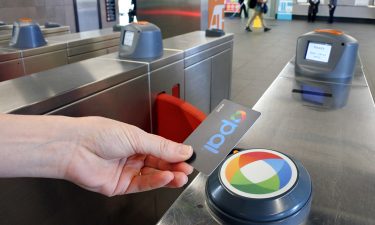

We’ve added some other features to our systems to help customers through COVID-19 too including setting our light rail doors to automatically open, meaning customers don’t have to touch the door open button and also enabling pedestrian traffic lights to operate without customers needing to press the button.
We have many opportunities ahead, particularly when it comes to digital technology. It’s an exciting time in transport, especially from a transport payments perspective.
How long had your legacy system been in place, and what was the transition like?
It had been in place for a long time, certainly longer than I had been in Australia!
We managed the transition very carefully by customer segment. We started with some of the periodical products, and Opal effectively replicated that, in terms of its fare structure. As Opal gradually rolled out and reached more modes, we were able to retire those legacy products, with minimal disruption to our customers. We spent a lot of time communicating with our customers in advance of the roll out, so they had time to adjust. We also had a grace period, where customers were able to continue to use tickets they had already purchased on our legacy system. Effective communication saw our new service being well accepted with customers making the switch without too many issues.
How have you gone about trying to remove some of the complexity that surrounds ticketing?
For many people ticketing has connotations of being problematic and complicated to use. Our challenge is not only to remove this complexity from the actual process, but in customer perceptions as well.
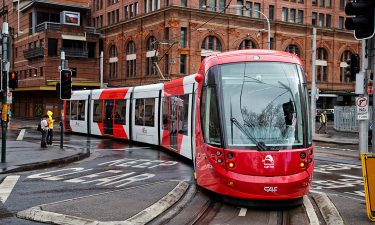

One of our key focuses is making accessing the transport network easier for customers, and this is something we feel Opal is helping to achieve. It’s easy to plan, easy to pay, and easy to travel – and that’s changing the customer experience.
How will it work as you expand the network? Are you considering on-demand transport for instance?
For us, we’ve been trialling On Demand public transport since 2017 and are now looking to incorporate this new service model into the network on a more permanent basis. We’ve been looking at integrating On Demand services within trip planning, helping customers understand how they can get from door-to-door. There are instances where customer journeys begin and end with public transport, but there is a space in-between. We are trying to bridge that gap, and on-demand services could well be one of the answers. We need to understand the benefits for both us and our customers.
If passengers wanted a multi-modal ticket, they had to decide whether it was for one, two or three zones. Opal, by contrast, is pay-as-you-go, where you simply tap-on and tap-off.
Are you conscious of how your decisions impact people’s daily lives?
A lot of the work we’ve done has been focused on technology. Listening to customer feedback, we can see that it’s making life easier for them, which is incredibly rewarding for us. We can see our improvements are making a difference, and that is being appreciated by our customers year on year in satisfaction surveys.
Are you hopeful for the future of transport ticketing?
It’s really difficult to predict the future, especially with the pace of technology change. It’s safe to say that things will be different in three, four or five years’ time. We’re looking at implementing a virtual Opal card towards the end of this year, removing the need for physical media. But to some extent, with contactless, the payments industry has already achieved this through the ability to have your credit card on your smartphone.
Our open-data initiative has allowed us to make clever changes that make a big difference to our customers.
The concept of account-based ticketing is transforming us with the opportunities it provides. We may be able to achieve a netflix style subscription transport service in the future – something that would have been difficult to imagine even 10 years ago. The subscription model, Mobility-as-a-Service; these concepts will bring a really exciting, but different environment and it’s great to be a part of that journey.
Biography
Lewis is the Executive Director of Customer Payment Services at Transport for New South Wales. His role is integral in ensuring customers travelling on public transport and roads in NSW have a seamless, positive payment experience from a ticketing and tolling perspective. In addition to this, Lewis is responsible for the management and provision of subsidised and concession travel arrangements across the state of NSW, including access to transport for disability sectors, free and subsidised school and seniors travel. Lewis also oversees a number of customer information channels, including websites and contact centres, to ensure consistent messaging, advice and communications about NSW public.
He has worked for NSW Government Agencies since 2008 and, prior to his current role, was a senior manager for the project team responsible for the introduction of Opal in Sydney. Prior to his work in New South Wales, Lewis worked in the United Kingdom in a variety of Information Technology, application development and business process outsourcing roles.
Related topics
COVID-19, Fleet Management & Maintenance, Infrastructure & Urban Planning, Public Transport, Ticketing & Payments, Travel & Passenger Information
Related cities
Australia
Related organisations
Transport for New South Wales (TfNSW)




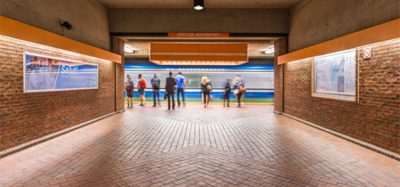
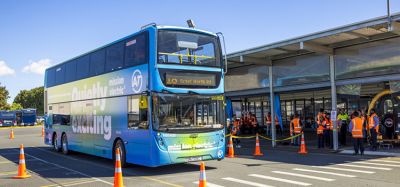



Maybe I’m wrong, I don’t see how new payment systems designed around the contactless card come out. The means of payment must be dematerialized, it must only be an identifier in an account-based system, it is no longer just prepaid, credit and debit of the accounts must be allowed. The most important thing to lower card investment costs and operating costs … the means of payment must be the user’s cell phone.